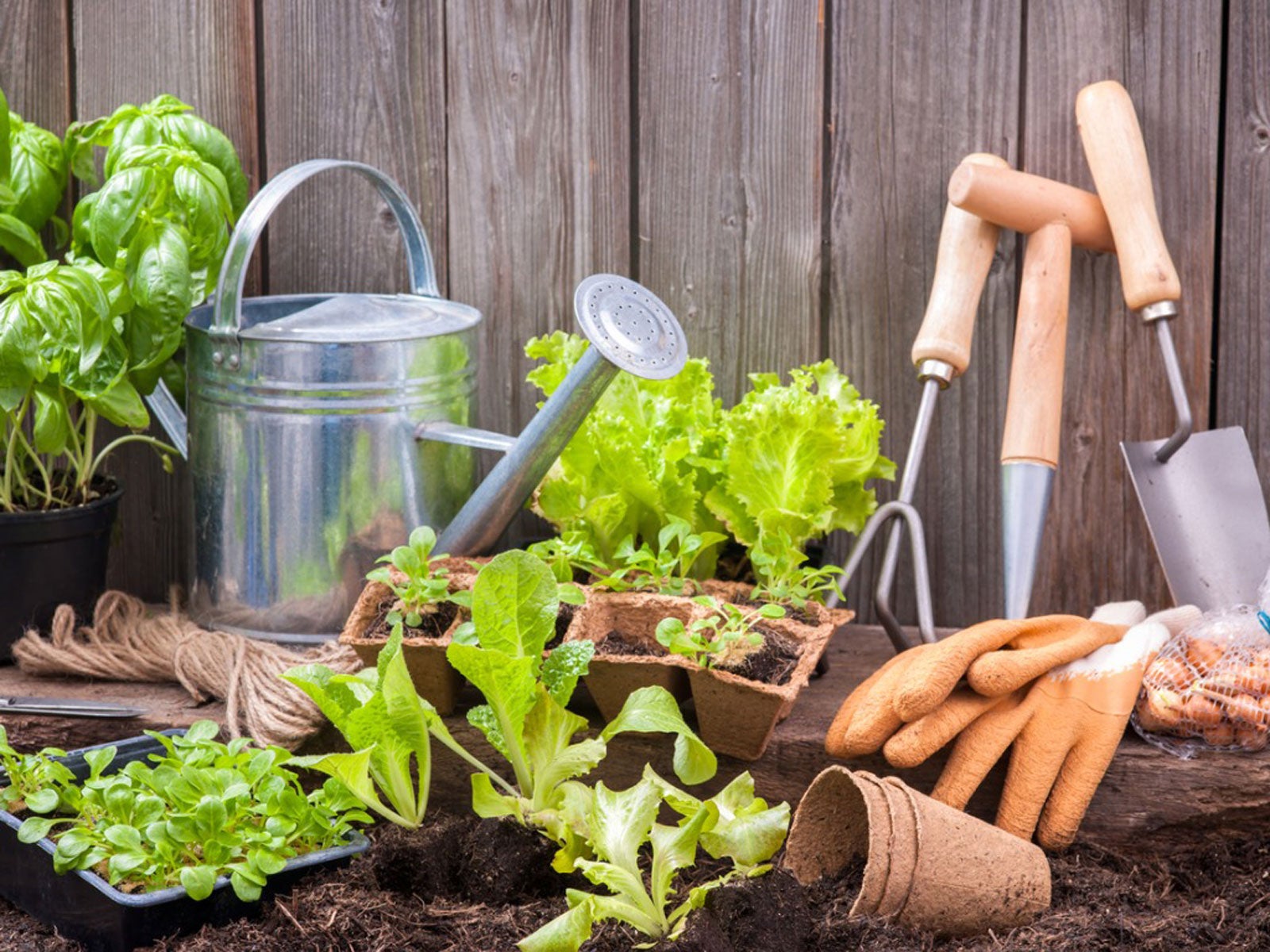Must-Have Gardening Tools for Beginners: A Complete List for Your Flourishing Yard
Wiki Article
From Seed to Sprout: A Novice's Overview to Horticulture Success

Choosing the Right Seeds
To make sure an effective garden, you require to pick the ideal seeds for your growing conditions and desired plants. Various plants prosper in different climates, so it's crucial to pick seeds that are appropriate for your particular area. On the various other hand, if you live in a cooler climate with much shorter growing periods, look for seeds that have a much shorter maturity duration.Some plants choose sandy soil, while others flourish in clay or loamy soil. Some plants, like tomatoes and peppers, need full sun to prosper, while others, such as leafy eco-friendlies, can endure partial shade.
Finally, consider your preferred plants and their certain needs. If you wish to expand veggies, pick seeds for selections that you take pleasure in consuming and that will grow well in your garden. Choose seeds for plants that will enhance each various other in terms of height, shade, and flower time if you're interested in blossoms. By meticulously choosing the best seeds for your expanding conditions and desired plants, you'll establish yourself up for an effective garden.
Preparing the Soil
Since you've chosen the appropriate seeds for your garden, it's time to prepare the dirt for optimum growth. Preparing the dirt is a vital action in gardening success, as it gives the foundation for your plants to prosper.Beginning by removing any type of weeds or particles from the area where you prepare to plant (home gardening for beginners). Weeds can take on your plants for nutrients and water, so it's vital to eliminate them before planting. Make use of a yard fork or hoe to loosen the soil, separating any type of clumps and developing a loosened, crumbly appearance
Spread a layer of organic issue over the dirt and use a yard fork or rake to incorporate it right into the leading couple of inches. This will certainly assist boost drain, dampness retention, and nutrient availability for your plants.
The majority of plants favor a somewhat acidic to neutral pH, around 6.0 to 7.0. You can purchase a dirt screening kit from a yard facility or send an example to a lab for analysis.
Growing and Watering Methods
When it comes to growing, make sure to adhere to the instructions on the seed packages or plant tags. Different plants have various requirements for planting deepness and spacing.Watering is a critical action in horticulture. It is necessary to water your plants effectively to promote healthy and balanced development. The key is to give enough water without drowning the plants. When watering, purpose to moisten the soil uniformly, making certain that the water reaches the plant's roots. Prevent overwatering, as this can lead to root rot and other issues. An excellent guideline is to water deeply however much less regularly, allowing the soil to dry out somewhat in between sprinkling sessions.
To figure out when to water, examine the moisture level of the dirt by putting your finger about an inch deep. If it feels dry, it's time to water. Think about making use of a watering can or a hose pipe with a gentle spray nozzle to stay clear of destructive delicate plants.
Nurturing and Keeping Your Garden
Nurturing and preserving your yard is crucial in order to maintain this hyperlink your plants successful and healthy and balanced. Routinely eliminate any kind of unwanted plants that may complete with your garden for nutrients and area. Using a layer of mulch around your plants helps preserve wetness, reduce weeds, and regulate dirt temperature.Harvesting and Delighting In the Fruits of Your Labor
When can you begin reaping the incentives of your tough job in the yard? The solution depends on the kind of plants you have grown.To identify if your veggies are ready for harvest, you need to look for specific indicators. For instance, ripe tomatoes will certainly be solid and have a deep, dynamic color. When gently drawn, they must quickly detach from the creeping plant. Peppers, on the various other hand, ought to be plump and have a glossy look.
When harvesting, it is necessary to use the proper devices and methods. A sharp pair of trimming shears or a yard knife can be made use of this post to cleanly cut veggies from the plant. Make certain to gather in the morning when the temperatures are cooler, as this will help preserve the freshness of your fruit and vegetables.
When you have harvested your veggies, it's time to enjoy the fruits of your labor. Newly selected veggies can be used in a variety of tasty recipes, from salads to stir-fries. You can preserve your harvest by canning, freezing, or drying them to appreciate throughout the year.

Final Thought
By complying with these beginner-friendly techniques, you are well on your method to supporting a flourishing yard. Remember to provide your plants the treatment and focus they need, and quickly you will certainly be delighting in the appeal and bounty of your very own garden.To make certain a successful garden, you require to pick the best seeds for your growing problems and desired plants. By thoroughly picking the right seeds for your growing conditions and wanted plants, you'll establish yourself up for a successful yard.
Weeds original site can complete with your plants for nutrients and water, so it's crucial to get rid of them prior to growing. When it comes to planting, make sure to comply with the directions on the seed packages or plant tags. Various plants have various needs for growing depth and spacing.
Report this wiki page